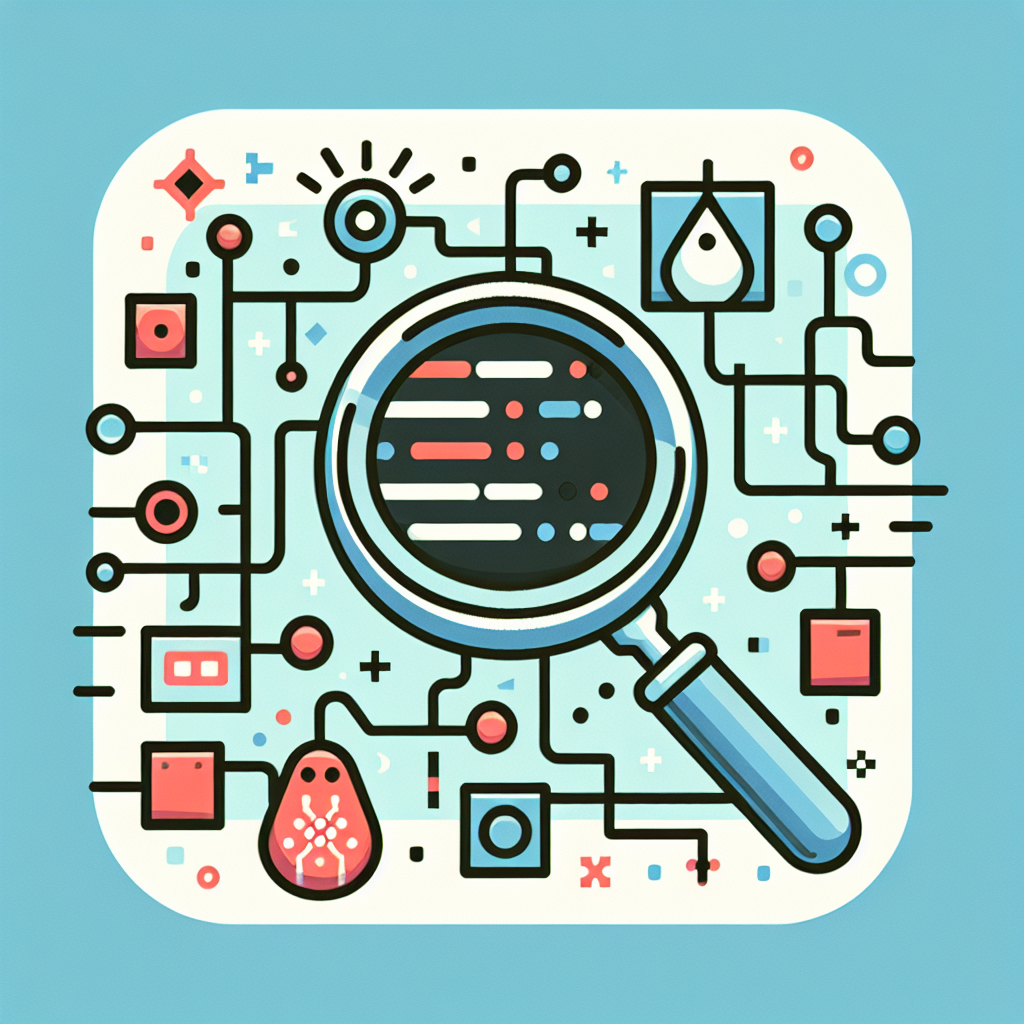Optimize LabVIEW Code: Advanced Debugger Tool Guide
Unlock seamless debugging with our LabVIEW Code Debugger. Streamline error detection and optimize performance effortlessly. Try our tool for efficient coding today!
Code to Debug
Debug Results
Output will appear here...
The LabVIEW Code Debugger is an essential tool for engineers and developers, streamlining the process of identifying and fixing errors in LabVIEW applications. Enhance your productivity with real-time debugging capabilities, breakpoints, and detailed error tracing. Ideal for optimizing performance and ensuring robust, error-free code, this debugger supports efficient troubleshooting and seamless project development.

LabVIEW Code Debugger: Optimize Your Development Process Link to this section #
The LabVIEW Code Debugger is an essential tool for developers seeking to enhance their troubleshooting and debugging efficiency in LabVIEW applications. This tool offers a comprehensive suite of features tailored to streamline the debugging process, ensuring quick identification and resolution of code issues.
Key Features Link to this section #
- Breakpoint Management: Easily set, modify, and delete breakpoints to pause execution and examine code behavior step-by-step.
- Probe Watch Window: Monitor variable values in real-time, offering insights into data flow and logic errors.
- Call Hierarchy: Visualize function calls and dependencies, facilitating a clearer understanding of code execution paths.
- Execution Highlighting: Enable execution highlighting to observe the dynamic flow of data through your block diagrams.
Benefits Link to this section #
- Improved Debugging Efficiency: Quickly identify and fix bugs, reducing downtime and improving productivity.
- Enhanced Code Quality: With detailed insights and real-time data monitoring, developers can produce more reliable and maintainable code.
- Seamless Integration: Easily integrates with existing LabVIEW projects, minimizing the learning curve and setup time.
Code Snippet Example Link to this section #
// Example of setting a breakpoint in LabVIEW
LabVIEW VI Server: Set Breakpoint(NodeRef, IsEnabled)
Related Keywords Link to this section #
- LabVIEW debugging tools
- Real-time data monitoring
- Code quality enhancement
- Breakpoint management system
Additional Resources Link to this section #
Utilizing the LabVIEW Code Debugger not only optimizes your debugging process but also elevates the overall quality of your LabVIEW projects. Embrace these tools to ensure efficient, error-free development.
Frequently Asked Questions
How do I enable debugging in LabVIEW?
To enable debugging in LabVIEW, open your VI and go to the 'Operate' menu. Select 'Enable Debugging' to activate debugging mode. This will allow you to use tools like breakpoints, probes, and execution highlighting to inspect and troubleshoot your code.
What are breakpoints and how do I use them in LabVIEW?
Breakpoints are used to pause the execution of your LabVIEW code at specific points. To use breakpoints, right-click on a block diagram node where you want to pause, and select 'Breakpoint' > 'Set Breakpoint'. During execution, the VI will stop at these points, allowing you to inspect data and system states.
How can I use probes to troubleshoot my LabVIEW code?
Probes allow you to monitor the values of wires in your LabVIEW block diagram during execution. To use a probe, right-click on a wire and select 'Probe'. This opens a probe window displaying real-time data, helping you validate logic flow and identify any unexpected values.